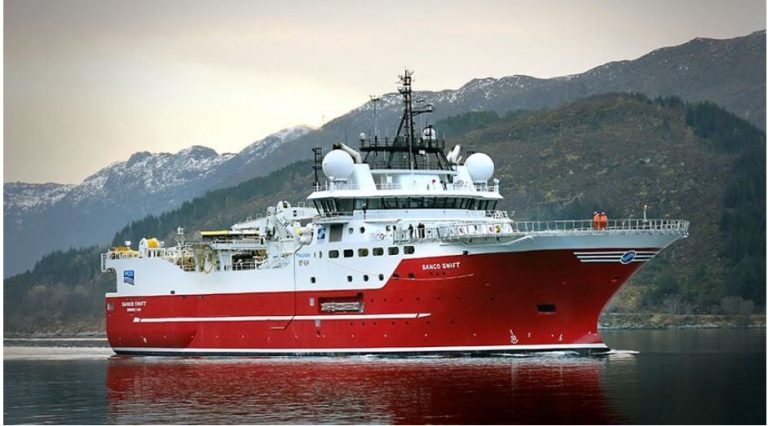
After about 100 days the “Sanco Swift” vessel of the Norwegian geophysical research company PGS has completed the work of acquiring 2D data from the subsurface of ExxonMobil – Helleniq Energy’s marine concessions in Crete.
From November 9th until last Friday February 17th, it scanned… the geological structures located below depths of even 4,500 meters, in order to investigate the existence of possible natural gas deposits.
The day before yesterday, the 18th, the crew of the Sanco Swift collected the 12 km long cables and hydrophones, which for 3.5 months scoured the Libyan Sea and the Ionian Sea, recording sounds and images from the bowels of the earth.
The secrets of the sea blocks “West of Crete” and “Southwest of Crete” are now in the hands of PGS researchers.
The boat has been sailing since the day before yesterday towards Valletta, in Malta, leaving Greek seas behind.
Seismic surveys
The scientific staff of the Norwegian company now have in front of them the synthesis, processing and analysis of the material collected by the special vessel.
According to the available information, ExxonMobil, which is also the operator of the consortium of the two marine concessions, proceeded to acquire twice the volume of two-dimensional seismic data in relation to the minimum contractual obligation it has undertaken towards the Hellenic Hydrocarbons and Energy Resources Management Company.
The agency that is the guardian of the Greek state for the rights of exploration and exploitation of hydrocarbons specified in its contract the acquisition of 6,500 km of data.
ExxonMobil is reported to have collected 13,000 km of seismic data.
Results
The process of processing and analyzing the seismic data will take about a year, according to sources.
That is, the seismic surveys will show results at the end of 2023 to the beginning of 2024.
The ExxonMobil – Helleniq Energy consortium and EDEYEP will then know if the subsoils under the total area of 40,000 square kilometers of the two offshore blocks actually hide targets with trapped hydrocarbons. That is, with natural gas deposits.
It is not excluded, the information says, that the geologists of the oil companies will also decide on the execution of acquisition and 3D data operations. If this scenario is confirmed then a research vessel will once again make its appearance in the seas of Crete. And specifically towards the end of 2023 and the beginning of 2024.
The drilling
Other sources insist that it is possible that the consortium will not proceed with the 3D seismic works. And for this reason, as they say, they went to the big download of 2D data.
Then, from the second half of 2024, the time will count down for the arrival of the drilling rig that will do the exploratory drilling.
These will last until 2026. This year is also a milestone. Then the executives of ExxonMobil – Helleniq Energy will decide, based on the results of the exploratory drilling, whether to go into field development or whether to withdraw.
First season
Be that as it may, the completion of the seismic surveys of Crete, comes to close the first cycle of a particularly ambitious plan that the government and EDEPIP started to implement since last Spring.
In April 2022, Prime Minister Kyriakos Mitsotakis himself gave the green light for hydrocarbon exploration.
The first two-dimensional seismic surveys by Helleniq Energy in the “Ionian” and “Kyparissiakos Gulf” marine concessions were preceded in February and March. This was followed in the winter of 2022 by 3D seismic in the same blocks as well as in that of Energean’s northwestern Ionian Sea.
Latest News

Servicers: How More Properties Could Enter the Greek Market
Buying or renting a home is out of reach for many in Greece. Servicers propose faster processes and incentives to boost property supply and ease the housing crisis.

Greek Easter 2025: Price Hikes on Lamb, Eggs & Sweets
According to the Greek Consumers’ Institute, hosting an Easter dinner for eight now costs approximately €361.95 — an increase of €11 compared to 2024.

FM Gerapetritis Calls for Unified EU Response to Global Crises at EU Council
"Europe is navigating through unprecedented crises — wars, humanitarian disasters, climate emergencies," he stated.

Holy Week Store Hours in Greece
Retail stores across Greece are now operating on extended holiday hours for Holy Week, following their Sunday opening on April 13. The move aims to accommodate consumers ahead of Easter, but merchants remain cautious amid sluggish market activity.

Green Getaway Ideas for Easter 2025 in Greece
Celebrate Easter 2025 in Greece the sustainable way with eco-farms, car-free islands, and family-friendly getaways rooted in nature and tradition.

Civil Protection Minister Details Summer Firefighting Plans at Delphi Forum
At the 10th Delphi Economic Forum, Minister of Climate Crisis and Civil Protection Yiannis Kefalogiannis discussed Greece's plans for the upcoming fire season.

How Shops and Markets Will Operate During Easter Holy Week
The Easter holiday schedule has been in effect since April 10, with retail stores open Palm Sunday, and most supermarkets also operating to meet consumer demand for Easter shopping
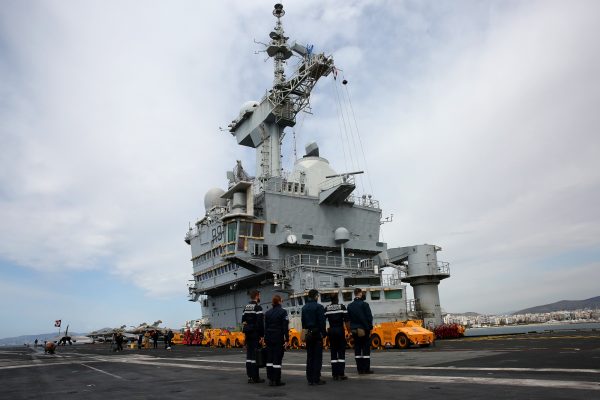
Why Is the French Aircraft Carrier Charles De Gaulle in Piraeus?
Docking in Piraeus after a four-month deployment in the Indo-Pacific region, the admiral of the aircraft carrier the Charles de Gaulle says, "Greece is our best partner in the Mediterranean."

Riots and Vandalism in Downtown Athens Exarcheia Region
Night of unrest in downtown Athens' region of Exarcheia – 11 Cars Burned, 72 Detentions

Truth Team: Is the PM and his team telling the truth, the whole truth and nothing but the truth?
The Greek government spokesman noted that "a private individual received payment from other private individuals, and for some people this is a horrifying revelation."


























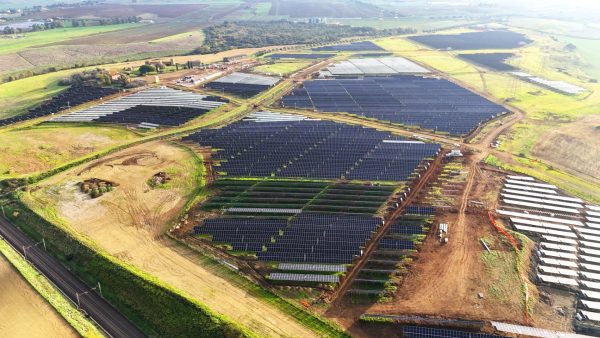




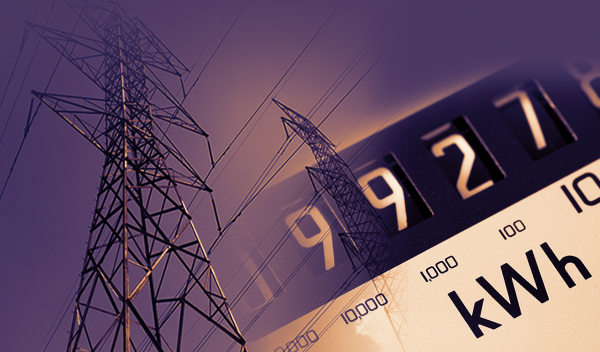
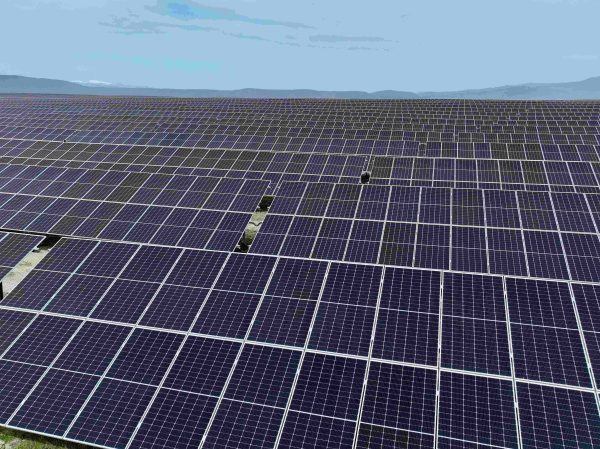
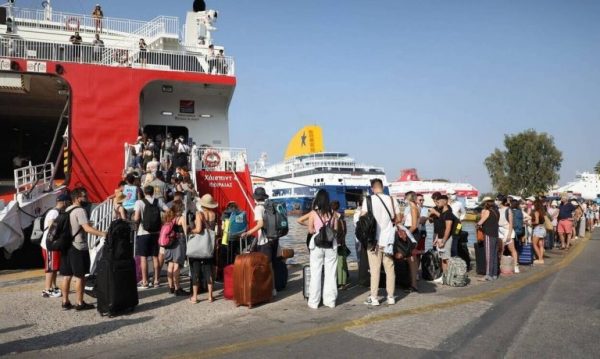



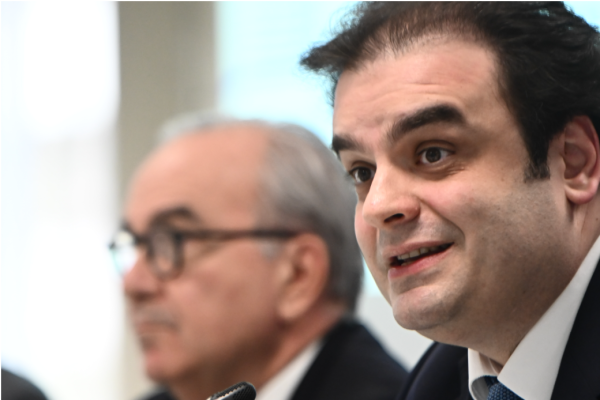

 Αριθμός Πιστοποίησης
Αριθμός Πιστοποίησης